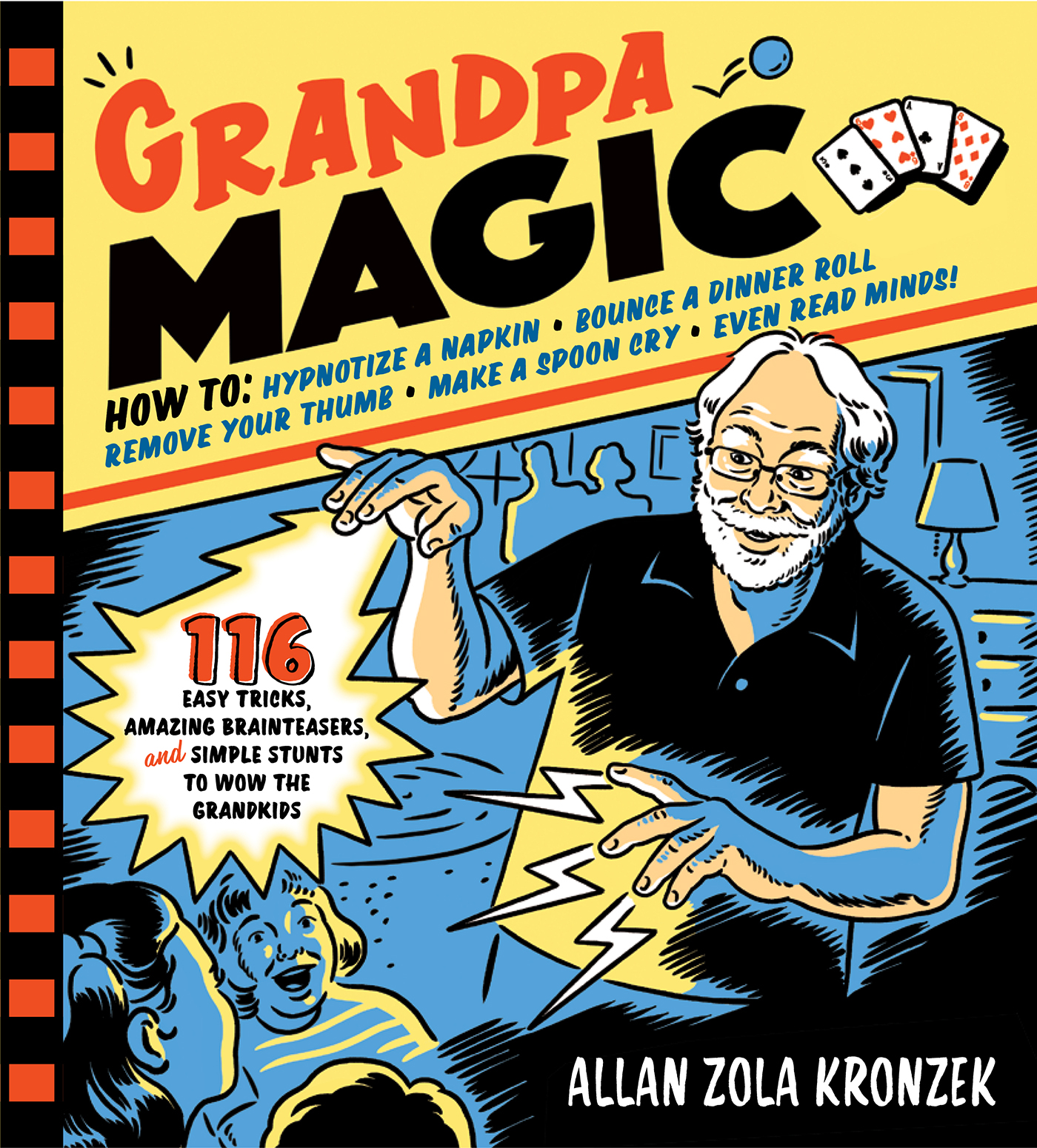

Contents
Introduction
S o there you are, sitting around the table with the family. The grandkids are glued to their devices. So are their parents. Everyone appears to be enchantedand not in a good way. How do you break the spell? Easy. Use counter-magic! Change a fork into a knife, pull coins from thin air, shove a drinking straw up your nose, turn your napkin into a chicken. That will do the trick, trust me. In fact, it could even lead to some genuine human-to-human interaction.
The premise of this book is that kids love magic and mysteries. They also love thinking, laughing, pretending, and discovering. And so, following through on that premise, every section of this book is jam-packed with material designed to amaze, amuse, and challenge kids of all ages. None of this stuff requires special equipment, and most of it can be done on the spur of the moment. You can trot something out when babysitting, at the dinner table, celebrating the holidays, or any other time that calls for the intriguing and unexpected. And if thats all you do with this material, it will serve you well. But why stop there?
Its my hope that you and the grandkid will be so smitten by the materialthe secrets, the mysteries, and the cool thinkingthat the very subject matter will forge a bond between just the two of you. No grandma, no parents, just you and the kid. Back to this in a moment.
The audience for magic falls into two groups: Believers and Skeptics. The Believers are the six-and-under set. Make a quarter disappear, and they will believe that Grandpa has the power to do this for real. Why not? And if, at dinner, you transform a napkin into a snuggly bunny with wiggly ears, it will be as if that bunny is alive.
The Skeptics, on the other hand, have seen it all. Somewhere around the age of seven or eight they realize that theyve been hoodwinked. Santa isnt real, the Tooth Fairy isnt real, and neither is magic. Try vanishing a quarter for this crowd and youll get a very different reaction. They may be amazed and bewildered, but they know its a trick and they want in on the secret. Grandpa, how did you do that? Tell me! Please, please, please!
Do you tell? Depends. The problem with telling is that it diminishes your powers. To the degree that you were a magical person, you are now less so. Spilling the beans robs the audience of their pleasure. What was mysterious and amazing turns out to be ordinary and pedestrian. And who needs that? So I say, hold on to your powers. Never reveal a secret simply because someone thinks he or she deserves to know. But then, when the desire to know turns into the desire to do, thats when you begin to share. And what you share is whatever your student is capable of masteringand nothing more.
Mentoring a kid in magic is different from sharing any other pursuit. For starters, whats being shared are secretsand that alone is enough to forge a bond between the sharers. But magic is more than a collection of secrets. Its a rich, creative art with affinities to acting, writing, psychology, science, and mathall areas where the generations might connect. Performing magic is also good for the soul. It builds confidence and self-esteem and is a proven way to coax the shy ones out of the shadows and into the limelight. Naturally, not all kids will be interested in learning the art, and thats okay, too. It is often enough just to be amazed.
A Few Notes to the Reader
F or ease of writing (and reading), all grandchildren will henceforth be referred to as the kid, regardless of how many or how old they might be. Likewise, Grandma may fill in for Grandpa any time she chooses.
Apologies to lefties. Im right-handed and so the instructions are written from a right-handers point of view. Lefties can try the material as written or switch hands. This should present no problems.
Originally, I was going to hang a banner on each entry telling you what age bracket it was appropriate for. But now that Ive finished writing the book, its clear that you can figure this out for yourself. You know your grandkids better than I do. You know not to pull a quarter from an adolescents ear or to ask a toddler to shuffle the deck. Theres material here for all ages, and youll easily work out whats what.
Back in paragraph one (you remember that, dont you?), I noted the challenge of connecting with the grandkids when up against the lure of digital devices. But despair not. Almost as a result of so much screen-time addiction, genuine human interaction has become a prized commodity. Deep down, kids crave real-world, in-person experiences. They want something live, something real, something special. If you can provide that kind of experience, this is a battle you can win. So, Grandpa, what are you waiting for?
Allan Zola Kronzek

Part 1
Presto! Its Magic!
getting started
Easy Tricks for the Younger Set
S o you want to knock their socks off? Do the impossible? Well, hows this for a plan? Well start with a few simple mysteries that are easy to do, easy to understand, and appeal to kids of all ages. This will give you confidence that you can actually do this stuff and get away with it. From there, well move on to that you and the kid can perform for friends and family. Some tricks will have immediate appeal; others perhaps not so much. Thats just the way it is. But I urge you to run through all the tricks, props in hand, before you decide which ones you actually want to perform. Its often tough to see how well a trick plays simply by reading the description. My advice: Learn it, practice it, show it, and see what happens. If the kid lights up, you know youve got a keeper.
A Big Surprise!
How to produce any small object from thin air
Grandpa shows both hands empty and then cups them together. When he uncups his hands, a little gift has magically appeared between them.
 You Will Need:
You Will Need:
Loose-fitting long sleeves and a small hard candy
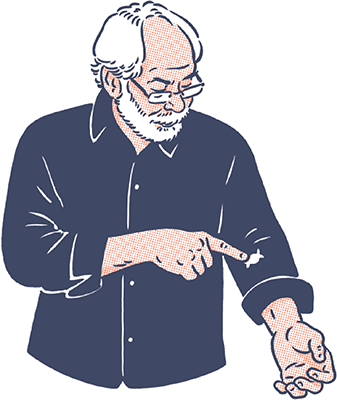
In a moment of privacy, extend your left arm and nestle the candy (wrapped, of course) in the hollow of your elbow, an anatomical spot known as the chelidon.

Bend both arms inward and clasp your hands together. This is a natural pose, and you can walk into a room like this and no one will think, Hey, Grandpas got a gumball in his chelidon.
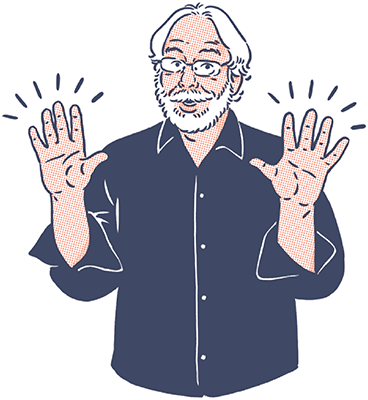
Give some hints that you are about to do something. Separate your hands, keeping your elbows bent, and show your hands to your audience, front and back. Nothing here, nothing there is the attitude. You will now tug up your sleeves a bit and in the process steal the candy into your right hand, as follows.

Next page

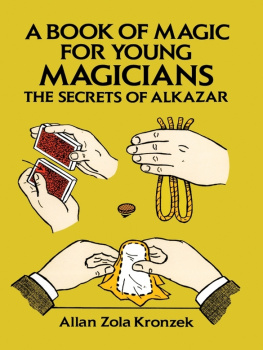
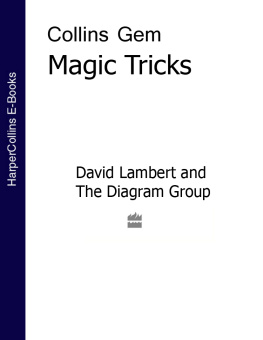
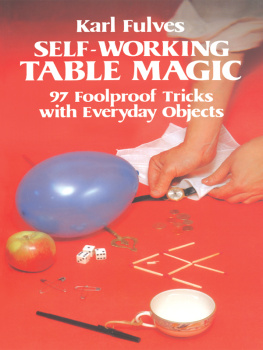


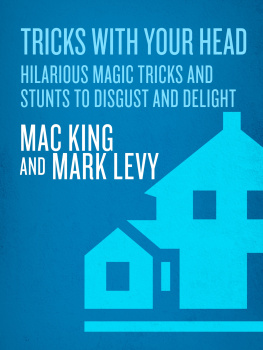
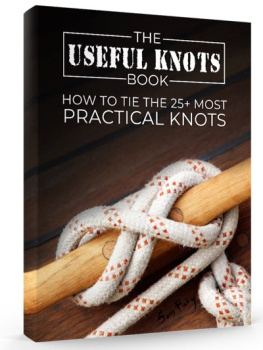
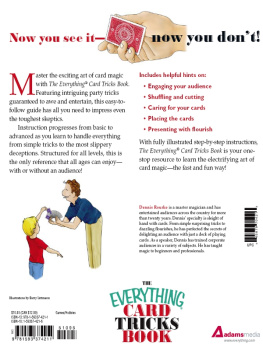
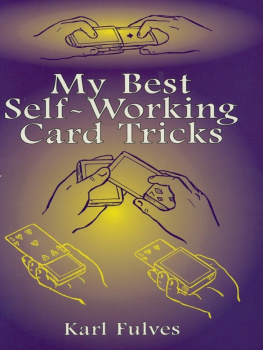
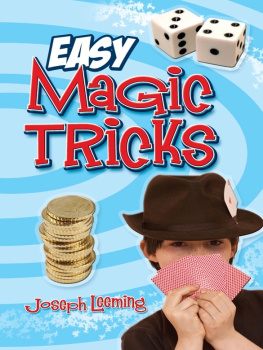



 You Will Need:
You Will Need:


